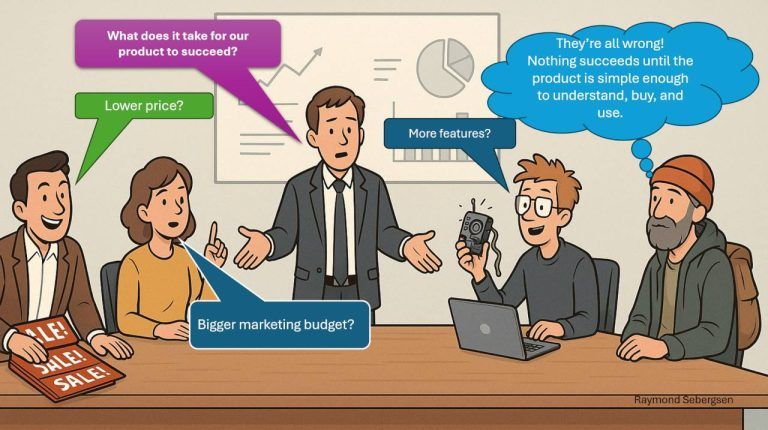Business Model Generation is a book written by Alexander Osterwalder and Yves Pigneur, first published in 2010. It’s a foundational resource in business strategy and innovation. The book introduces a tool called the Business Model Canvas, which helps in developing, analyzing, and innovating business models.
The Nine Building Blocks of the Business Model Canvas
The Business Model Canvas consists of nine building blocks that help organizations describe, design, challenge, and refine their business models. These blocks include customer segments, value propositions, channels, customer relationships, revenue streams, key resources, key activities, key partnerships, and cost structure

The book emphasizes the importance of having a clear and well-structured business model in order to succeed. It encourages entrepreneurs and business leaders to carefully consider different aspects of their operations and how they can create value for customers while ensuring profitability.
Business Model Generation has had a significant impact on entrepreneurship, innovation, and business strategy. It’s widely used by startups, established companies, and organizations seeking to improve and optimize their business models. The book’s principles and the Business Model Canvas have become essential tools for fostering innovation and building sustainable business models in a rapidly changing landscape.
My Experience with the BMC
I was introduced to the Business Model Canvas when we launched Easymeeting.net. Over time, I’ve realized it’s useful far beyond business planning—I’ve actively used it to shape both my career path and life in general.
In fact, it was the BMC that inspired me to start this website in October 2023, originally as a way to expand my CV with a few extra pages. Since then, the project has taken new directions.
The book has always been within reach, and I still flip through it regularly. But I wouldn’t claim to master everything it contains—there’s a lot to digest, and every time I revisit it, I see new connections and perspectives. Even if you’re already familiar with the Business Model Canvas, the book can still be a valuable source of inspiration and learning. That’s why I’ve come to realize the Business Model Canvas is not a one-time tool, but a dynamic blueprint for any business. Regular revision and updates are key to keeping it relevant and effective.
The Business Landscape Is Constantly Changing
Market conditions shift, new technologies emerge, and customer preferences evolve. By reviewing the canvas regularly, you can stay current and adjust your business model accordingly. This enables you to proactively respond to challenges and seize opportunities as they arise.
- Organizational Alignment
When all employees understand the business model, they can better align their efforts with the company’s strategy. This ensures that everyone is working toward shared goals and speaking the same language when it comes to the business’s core elements.
- Fostering Innovation
The canvas encourages employees to think critically about each component, leading to new insights and ideas for improving and expanding the business model.
- Effective Communication
A shared understanding of the canvas makes it easier to discuss strategy, customer needs, and the company’s value. Open communication leads to better decision-making, problem-solving, and a more cohesive organizational culture.
- Onboarding and Employee Development
The canvas helps new employees quickly grasp the company’s business model and their role within the bigger picture. This accelerates onboarding and ensures that everyone contributes toward the same objectives.
- Risk Management
By reviewing the canvas regularly, you can identify weaknesses or vulnerabilities in your business model and take action before they become major challenges.
- Managing Change
During significant changes or strategic shifts, the canvas serves as an anchor. It helps communicate and implement changes effectively across the organization.
Summary
In short, the Business Model Canvas is a dynamic tool that should evolve along with your business. By keeping all employees aligned, promoting continuous improvement and innovation, and adapting to change, organizations can navigate complex business landscapes and thrive in the long run.
A SWOT analysis is often a great starting point before diving into the details revealed by a Business Model Canvas (BMC). Here’s why:
- A SWOT analysis provides an overarching view of the organization’s strengths, weaknesses, opportunities, and threats. This broad assessment helps you identify which areas need attention and where there is potential for growth or risk of challenges.
- The Business Model Canvas digs deeper by breaking down the business model into nine components: customer segments, value propositions, channels, customer relationships, revenue streams, key resources, key activities, key partners, and cost structure. The BMC is more operationally focused and helps you concretely build a viable business model.
By starting with a SWOT analysis, you get a clear picture of the strategic landscape. This makes it easier to use the Business Model Canvas to pinpoint how you can leverage your strengths, address your weaknesses, seize opportunities, and mitigate threats in your business model.





